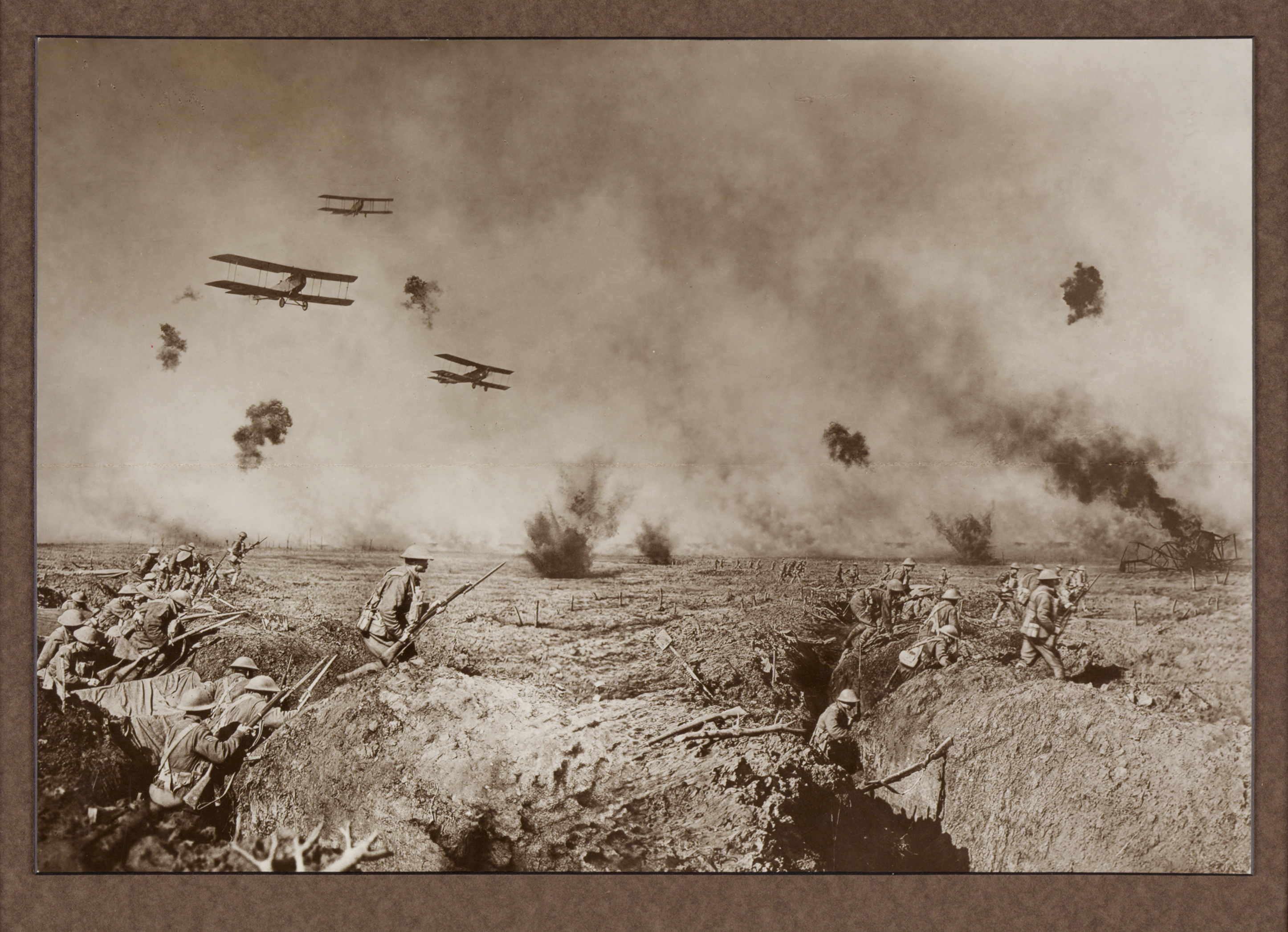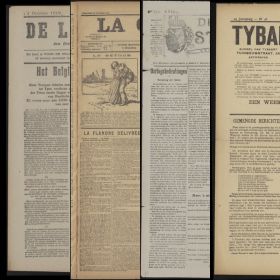Newspapers are an accessible source for studying different aspects of The First World War. But just as with other historical sources, the information in newspapers has to be critically examined. This is true of both the texts and the photos and illustrations.
The critical examination of sources is known by historians as ‘historical criticism.’ This is an aggregate of techniques to discover how a source came into being and to understand how the maker of the source interpreted reality.
Historical criticism serves a double purpose. On the one hand, it aims to differentiate the actual facts from the interpretation of the facts as well as possible; on the other hand, it also serves to understand as well as possible the complexity of an event. After all, there are two or more sides to every story.
The reported facts may have been intentionally distorted, but even the journalist who believes himself to be objective is never entirely so. He will always interpret the facts on the basis of his prior knowledge, his political, religious and social background, his nationality, and under the influence of the zeitgeist in which he lives.
The Correct Context
Sometimes, historical criticism is a rather technical affair; for example, in the appraisal of biblical texts or medieval documents. But anyone who reads a newspaper article from a hundred years ago must primarily display sufficient common sense to be able to place the reports in the correct context. When? Where? Who? What? are four short questions that can help you to understand the nuances.
When was the article written? In the early days of the war? Then you should take account of the fact that patriotism was highly inflamed and that the free press was almost blindly jubilant. Because of this, the Battle of Halen – a minor victory for the Belgians – was represented in the free press as a great triumph over the Germans.
Where was the article published and under which censorship regime did the paper fall? Was it published in the occupied, or in the unoccupied, part of Belgium? Was the paper only censored or was it actively involved in the propaganda machine? Suppose that you read a newspaper from occupied Flanders that had a strong Flemish Movement character. There is a great chance that it was supported by the occupier. After all, they had every interest in breaking Belgian patriotism. It is also interesting to consider what information did not appear at all because of censorship.
Who is writing about whom? This question refers to the ideological and social background of the newspaper, but also to the persons or population groups that appear in the article. Be aware of the fact that the urban press often wrote over-simplified reports about agriculturalists. Do not forget that the Belgian papers were an outspoken opinion press. Even in occupied Belgium, the censored socialist and Catholic papers continued to quarrel with each other. This did not take place via the great political debates but by criticising the operation of the food committees, for example.
What? refers to the content of the news. Be wary of military reports. The factual information in such reports is seldom reliable, but they do teach us how propaganda worked. They also demonstrate how difficult it was for the population to form a clear impression of the struggle. Some subjects are scarcely mentioned because, according to the frame of reference of the journalist, they had hardly any news value. Thus, the position of women is often underexposed in the press in the occupied area.
Photography and Political Cartoons
The First World War was the first great conflict in which the youthful medium of photography was employed wholesale. It was a powerful instrument for documenting reality, but also for distorting reality. Many iconic photos from The First World War were staged and were already being thoroughly doctored in the darkroom. Thus, the necessary vigilance is also called for in the interpretation of photos.
This is still more the case with political cartoons. As the name suggests, they represent reality in a caricatured way. Before the war, political cartoons mostly cast a critical eye at society and politics. During the war, political cartoons were employed in the propaganda war. Of course, political cartoons cannot be used for deriving facts. But they do demonstrate how stereotypical ideas were constructed and primarily how the enemy was demonized.


